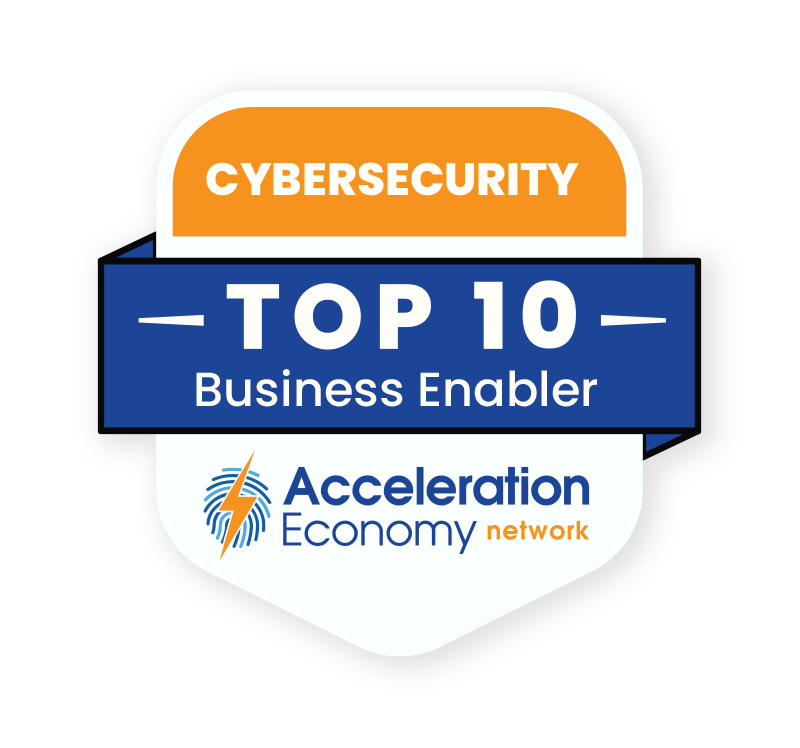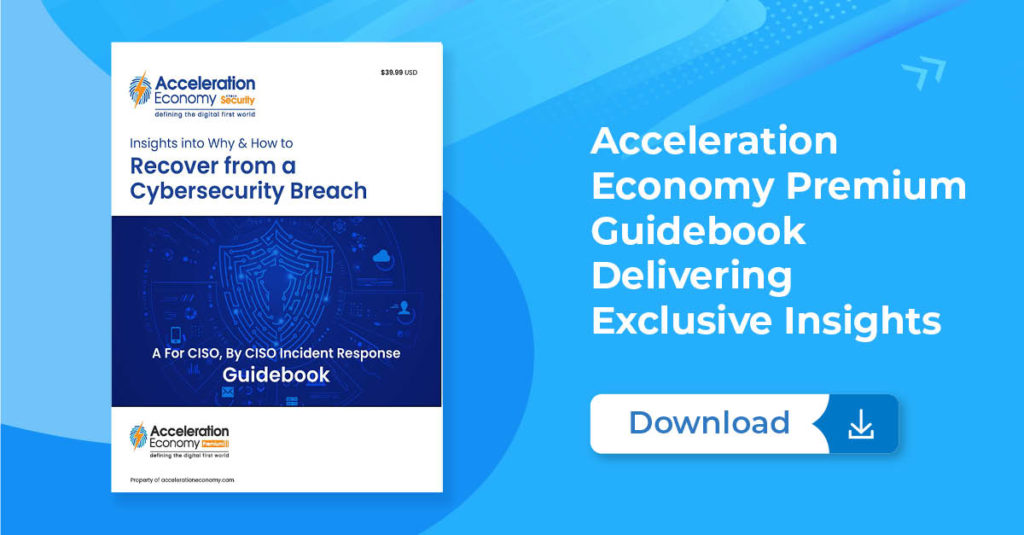Imagine waking up to the news of a major cybersecurity breach in your organization. Panic sets in as you scramble to understand the extent of the damage and devise a plan to contain the fallout. Looks as if you’ve become the latest victim of a widespread attack that’s been hitting businesses in your industry. If only you’d taken the time to review the threat intelligence bulletins, maybe you could have avoided all this.
The National Institute of Standards and Technology (NIST) defines the threat intelligence lifecycle as the process of generating, analyzing, disseminating, and using threat intelligence to support decision-making processes related to protecting an organization from harm. A well-executed threat intelligence lifecycle, as this analysis will reveal, offers benefits that include proactive threat mitigation, informed decision-making, and efficient resource allocation and helps you avoid doomsday scenarios like the one above.

Which companies are the most important vendors in cybersecurity? Check out
the Acceleration Economy Cybersecurity
Top 10 Shortlist.
Five Key Components of the Threat Intelligence Lifecycle
Let’s dive deeper into this vital process and explore how cybersecurity leaders can utilize the threat intelligence lifecycle for enhanced protection and to improve their organizations’ overall cybersecurity resilience.
1. Planning and Direction
Effective cybersecurity leadership begins with setting clear objectives and prioritizing the most pressing concerns. Involving various departments and collaborating with relevant stakeholders is crucial in ensuring a unified, organization-wide approach to threat intelligence. An all-hands-on-deck mentality will facilitate better communication, understanding, and execution of the threat intelligence strategy.
When defining your organization’s threat intelligence goals, consider the unique risks your industry faces, as well as your specific business operations. For instance, a hospital’s cybersecurity team would want to pay particular attention to information about vulnerabilities in medical devices and threat actors that may be trying to exploit those vulnerabilities. By tailoring your strategy to address these factors, you will be better prepared to protect your organization from targeted attacks.
2. Collection
When it comes to data collection, diversity is your friend. Gathering information from multiple sources, such as network logs, social media, and third-party intelligence feeds, helps build a comprehensive view of the threat landscape. A broader perspective will enable your organization to identify patterns and better prepare for potential attacks.
In addition to leveraging external data sources, consider the value of internal threat intelligence. By analyzing historical security incidents and monitoring user behavior within your organization, you can gain insights into potential vulnerabilities and areas for improvement. This can be something simple like examining password hashes to gain intelligence on ways users are creating easily cracked passwords despite your complexity rules. This would allow you to close those loopholes, providing better security for your systems.
3. Prioritization and Filtering
Dealing with vast amounts of data can be overwhelming. That’s where the combination of automated tools and human expertise comes in.
To address the challenge of data overload, you should establish a clear framework for data prioritization and filtering. This will enable your team to focus on the most critical threats and avoid being overwhelmed by an abundance of information. You can also utilize machine learning and artificial intelligence to filter and parse the collected data to help your analysts focus on the most relevant, and potentially dangerous, threats. This balance between technology and human insight is vital for efficient threat intelligence processing.
Integrating your threat intelligence tools with existing security systems, such as firewalls and intrusion detection systems, can further streamline prioritization and filtering. This integration will enable your organization to respond more effectively to identified threats and reduce the risk of successful attacks.
4. Analysis and Production
Once the data has been processed, it’s time for in-depth analysis.
By contextualizing and correlating the available information, your team can produce actionable insights that can be used to fortify your organization’s cybersecurity defenses. Is there a particular firewall configuration that is being exploited in the wild? Has a zero-day exploit emerged for your accounting software? Is ransomware running wild in your particular industry? Timely and relevant intelligence is crucial in staying ahead of potential threats and mitigating their impact.
During the analysis and production stage, your team should consider factors such as the intent and capabilities of threat actors, the potential impact of identified threats on your organization, and the effectiveness of your current security measures. This comprehensive analysis will provide a solid foundation for informed decision-making and strategic planning.
5. Dissemination and Feedback
Effective communication of threat intelligence across your organization is essential for a unified response to potential cyberattacks. Establishing a streamlined communication plan will ensure that relevant parties receive the necessary information to take action. Moreover, fostering an environment that values feedback and iterative improvement will contribute to the ongoing refinement of your threat intelligence lifecycle.
Encourage collaboration between your security team and other departments, such as information technology (IT) and human resources, to facilitate a holistic approach to threat intelligence dissemination and feedback. By fostering cross-functional communication, you can enhance your organization’s ability to respond to and prevent cybersecurity incidents.
Intelligence on phishing tactics is a great example of this. We all train our staff to recognize malicious emails, but are we sharing information from reported phishing attempts widely across our organization? I encountered just this issue when a user, let’s call him Bill, fell victim to a phishing email. Bill received an email with a malicious link, and he clicked it. As it turns out, Jane, Bill’s coworker, received the same email a few days prior and she reported it to the security team. If we would have taken some intel from Jane’s reported email, we could have prevented a significant breach and saved ourselves a ton of work. Lesson learned.
Call to Action for Cybersecurity Leaders
Cybersecurity leaders can take these immediate steps to evaluate their organization’s threat intelligence lifecycle:
- Assess your organization’s current threat intelligence capabilities, and identify areas for enhancement
- Foster a culture of collaboration and communication across your organization, encouraging your team to share their knowledge and insights with colleagues from other departments and vice versa
- Stay informed about the latest developments in cybersecurity, as well as emerging best practices and technologies
Conclusion
Understanding and implementing the threat intelligence lifecycle is vital for cybersecurity leaders in today’s fast-paced digital environment. With the right approach, you can stay ahead of emerging threats and ensure your organization remains secure and protected.
Remember, knowledge is power, and in the world of cybersecurity, the threat intelligence lifecycle is key to unlocking that power. By following the five steps of the Threat Intelligence Lifecycle and addressing the challenges and pitfalls associated with the process, you can strengthen your organization’s defenses and contribute to a more secure future.
Want more cybersecurity insights? Visit the Cybersecurity channel:








